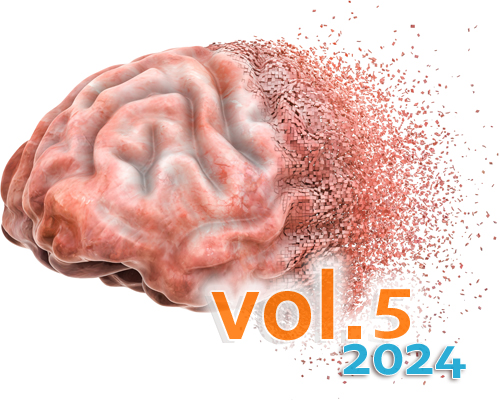An optimized filter trap assay for detecting recombinant authentic tau fibrils
DOI:
https://doi.org/10.17879/freeneuropathology-2024-5497Keywords:
Truncated tau fibrils, Filter trap assay, Sarkosyl, Tauopathies, Protein aggregationAbstract
The development and optimization of the Filter Trap Assay (FTA) for the detection of authentic tau fibrils in vitro mark a pivotal advancement in the realm of tauopathy research, particularly by addressing the limitations of using polyanion-induced tau fibrils, which structurally differ from those isolated from tauopathy patients. Recently it has been shown that truncated tau fragment (297-391), also termed dGAE, can form authentic tau fibrils in the absence of polyanions. This study introduces a refined protocol that reliably detects authentic tau fibrils in a physiologically relevant framework, utilizing nitrocellulose membranes to achieve heightened sensitivity. Our investigation highlights the superior efficacy of sarkosyl, an anionic surfactant traditionally used to prepare protein lysates from brains and cultured neurons, in preserving the aggregated state of tau dGAE fibrils in vitro, underscoring its potential for further exploratory studies. By offering a user-friendly and economically feasible approach, this technique enables a broad range of laboratories to measure the presence of authentic tau fibrils. This methodological enhancement propels our understanding of tauopathies forward and bridges the gap between basic research and advanced structural analyses, enriching the scientific community's methodologies for studying neurodegenerative disorders.
Metrics
Additional Files
Published
How to Cite
Issue
Section
License
Copyright (c) 2024 Allison R. Balaj, Thomas L. Rothstein, Hiroaki Kaku

This work is licensed under a Creative Commons Attribution 4.0 International License.
Papers are published open access under the Creative Commons BY 4.0 license. This license lets others distribute, remix, adapt, and build upon your work, even commercially, as long as they credit you for the original creation. Data included in the article are made available under the CC0 1.0 Public Domain Dedication waiver, unless otherwise stated, meaning that all copyrights are waived.



















